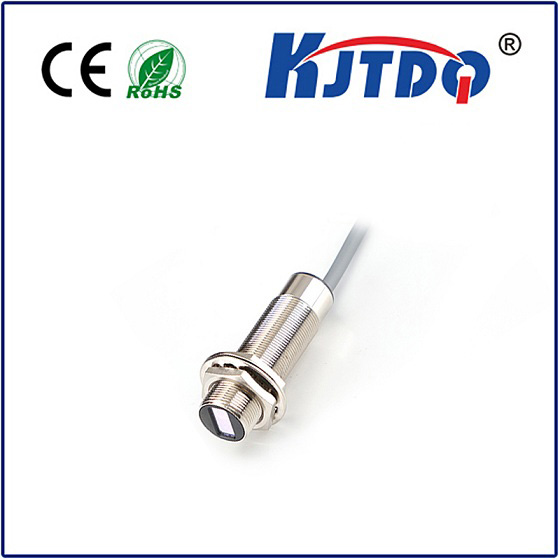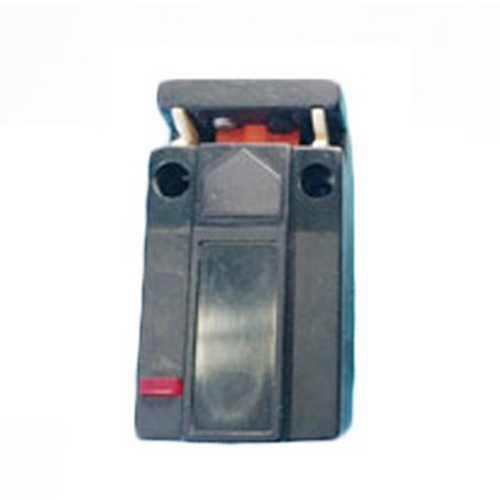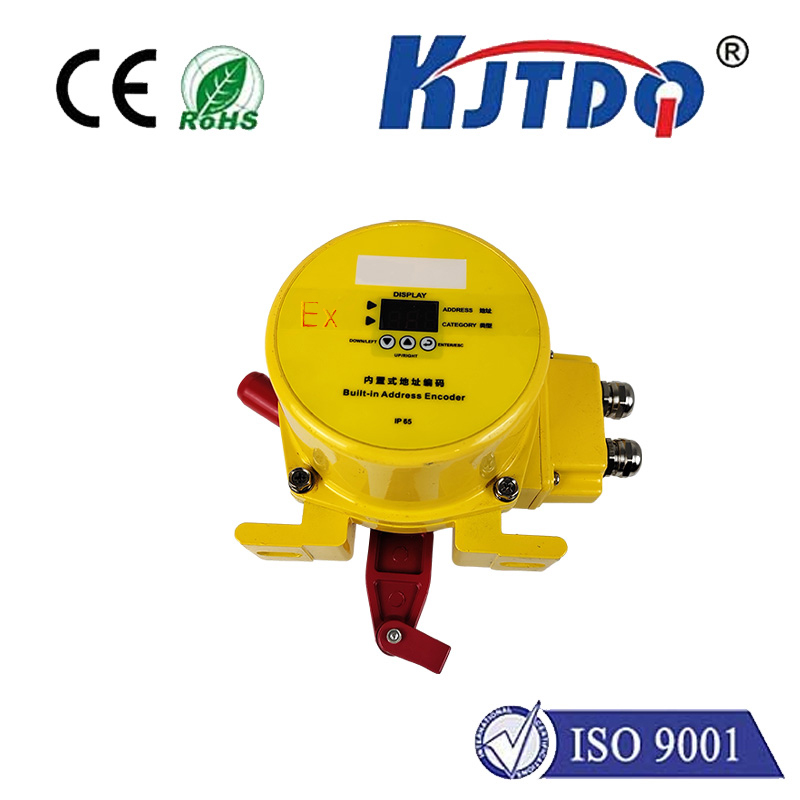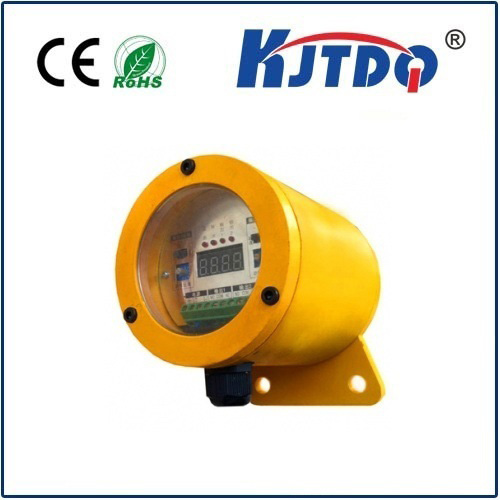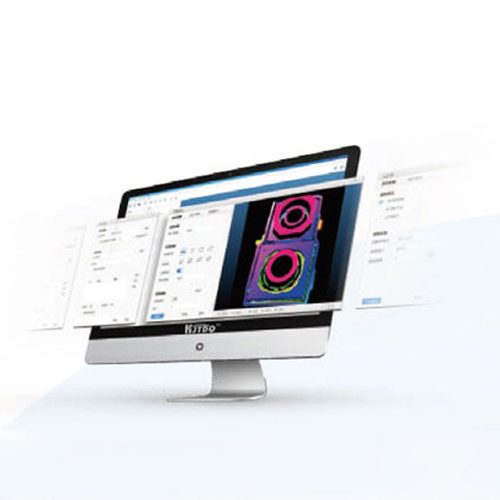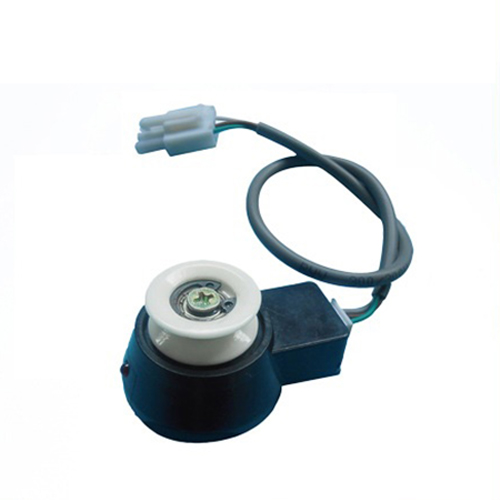safety laser sensor
- time:2025-09-08 15:18:16
- Click:0
Safety Laser Sensors: The Ultimate Guide to Machine Guarding & Personnel Protection
Imagine a high-speed robotic arm whirling in a factory, or an autonomous forklift navigating a busy warehouse aisle. Now, picture someone accidentally stepping into that danger zone. In a split second, disaster could strike. How do modern industries prevent these catastrophic accidents? The answer increasingly lies in the silent vigilance of safety laser sensors. These sophisticated devices form an invisible shield, tirelessly monitoring protected areas and triggering immediate machine shutdowns or warnings the instant an intrusion occurs, safeguarding personnel and equipment alike.
Understanding the Core Technology
At its heart, a safety laser scanner operates on principles similar to familiar technologies like LiDAR but with a critical distinction: it’s designed and certified explicitly for personnel protection. Here’s a simplified breakdown of how it works:
- Laser Emission: The sensor emits pulsed infrared laser beams in a wide horizontal fan (typically covering 180° or 270° arc).
- Beam Reflection: These beams travel outward and reflect off objects within their range.
- Time-of-Flight Measurement (ToF): The sensor precisely measures the time it takes for each laser pulse to return. This time directly correlates to the distance of the reflecting object.
- Triangulation (Alternative): Some scanners use triangulation principles. They emit a laser spot or line and use a receiver at a known angle to calculate distance based on the position where the reflected light hits the receiver.
- Scanning & Mapping: The scanner head rotates rapidly (or uses mirrors), sweeping the laser beam across its defined field of view. By continuously measuring distances at different angles, it builds a detailed, real-time 2D map (a “point cloud”) of its surroundings.
- Zone Definition & Monitoring: Advanced software allows users to define specific virtual “warning” and “protective” zones within the scanner’s field. A warning zone might trigger an alert (like a flashing light or audible alarm) if entered. The protective zone is the critical safety boundary – any intrusion here triggers an immediate safety stop (SS) signal to the guarded machinery’s safety control system.
- Safety Outputs: The safety laser scanner is connected to a safety controller (e.g., safety PLC). When the protective zone is breached, it rapidly sends a signal forcing the dangerous machine motion to cease safely, preventing harm to personnel.
Why Choose Safety Laser Sensors? Key Advantages

Safety laser sensors offer significant benefits over traditional guarding methods like physical fences, light curtains, or pressure mats:
- Flexible & Dynamic Guarding: Unlike fixed barriers, protective fields defined by laser scanners can be easily reconfigured via software to adapt to changing production layouts or robotic paths without physical modifications. This is invaluable for environments with AGVs (Automated Guided Vehicles) or collaborative workspaces.
- Non-Intrusive Protection: They provide protection without physically obstructing access or workflow. Personnel can move freely outside the defined zones.
- Large Area Coverage: A single safety laser scanner can protect extensive areas or complex geometries that would require multiple light curtains or extensive fencing.
- Advanced Zone Control: The ability to define multiple, complex warning and protective zones allows for sophisticated safety strategies, enhancing both safety and productivity.
- Reliable Object Detection: They effectively detect people, objects, and even low-reflective surfaces (thanks to advanced algorithms and sufficient laser power), providing robust personnel protection.
- Minimal Maintenance: With no moving parts exposed to wear (besides internal mirrors/motors), they generally require less maintenance than mechanical solutions.
Critical Applications Across Industries
The versatility of safety laser scanners makes them applicable in numerous demanding environments:
- Automated Guided Vehicles (AGVs/AMRs): Crucial for collision avoidance. Sensors create protective fields around the vehicle, detecting obstacles or personnel in its path and triggering stops or slowdowns. They ensure safe navigation alongside human workers.
- Robotic Workcells: Safeguarding the perimeter around robots, especially those with large working envelopes or collaborative applications (where safe monitored stops are essential). They provide machine guarding for unpredictable robot movements.
- Material Handling & Packaging Lines: Protecting dangerous pinch points, nip points, and automated sections where access is needed intermittently but requires safety during operation. Replacing traditional guards on conveyor entries/exits.
- Warehousing & Logistics: Securing areas around automated storage and retrieval systems (AS/RS) and protecting personnel working near moving machinery like palletizers or sorters.
- Machine Tools: Guarding hazardous areas around presses, stamping machines, CNC machining centers, especially for material loading/unloading zones.
- Access Control for Hazardous Areas: Monitoring entry points to dangerous zones (e.g., around large industrial ovens, furnaces, or test chambers), ensuring access is only permitted when safe.
Essential Standards and Safety Integrity
Safety laser sensors used for personnel protection are not ordinary sensors. They are governed by stringent international safety standards ensuring their reliability and performance under fault conditions. Key standards include:
- IEC 61496 (Parts 1 & 3): Specifically addresses the safety requirements for electro-sensitive protective equipment (ESPE), including active opto-electronic protective devices (AOPDs) like laser scanners. Defines performance levels, test methods, and design principles for Type 3 devices required for personnel detection.
- IEC 62061 / ISO 13849-1: These standards define the Safety Integrity Level (SIL) or Performance Level (PL) required for safety functions. Safety scanners directly interfacing with safety controllers must meet specific SIL/PL ratings (e.g., SIL2, SIL3 / PLd, PLe) based on the risk assessment of the application.
- FDA/CDRH Regulations (US): Govern laser safety, ensuring emitted laser power is safe for human eyes (typically Class 1 or Class 2M).
Selecting and Implementing the Right Safety Laser Scanner
Choosing the appropriate sensor involves careful consideration:
- Required Protection Range & Field of View: Define the distance and angular coverage needed for your protective zones. Consider potential blind spots.
- Resolution: The sensor’s smallest detectable object. Crucial for reliably detecting limbs, not just large objects. Higher resolution is often mandated for personnel protection.
- Response Time: The time from detecting an intrusion to sending the safety stop signal. Must be fast enough to prevent harm based on machine stopping distance.
- Safety Performance Level (PL) / SIL Rating: Match the scanner’s certification (e.g., PLe / SIL3) to the required safety level determined by your risk assessment.
- Environmental Suitability: Ensure the sensor’s IP rating withstands dust, moisture, temperature, and vibration in its operating environment.
- Scanning Frequency: Higher frequencies provide more frequent updates to the safety map, improving detection reliability for fast-moving objects/staff.
- Required Functions: Consider needs like contour detection, muting capability (for allowing safe passage of materials), or blanking (ignoring fixed obstacles).
Implementation Best Practices:
- Thorough Risk Assessment: Always conduct a detailed risk assessment for the application before












